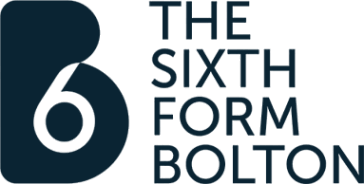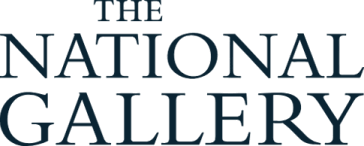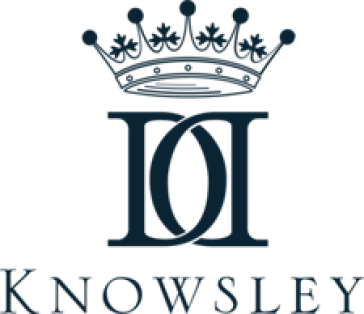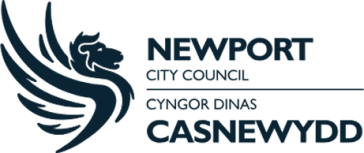Managing the cashflow challenge

For businesses, cash is oxygen - and the ability to forecast and manage cash flow is crucial for survival. For effective risk protection, businesses need to take an agile approach to both forecasting and decision making.
When it comes to cash flow, size is no barrier to failure
Around 50,000 UK small businesses fold each year due to late payments, and cash flow management is often portrayed as an SME-specific problem. Whereas just a handful of unpaid bills or unexpected expenses might be enough to render a small firm insolvent, the inference is that the bigger the organisation, the better equipped it is to weather a cashflow storm.
But in reality no organisation - regardless of size or sector - is immune to the consequences of poor cash flow management.
Take Carillion, for instance. The UK’s second-biggest construction saw its debts spiral rapidly before its demise in 2018. Initially, a few big contracts turned out to be less profitable than forecasted, and bids were subsequently placed for contracts with impossibly low profit margins. With no significant cash reserves or adequate contingency planning, it took just three or four unprofitable contracts (out of around 450) to trigger the company’s insolvency.
Businesses need the ability to identify and act upon cash flow threats. And now more than ever, you need a cash flow forecast model that is agile and easily updated to take into account rapidly changing circumstances.
Cash flow risks
Operating costs: impact on pricing
It’s a constant battle for any business: ensuring that your pricing structure reflects the true costs incurred (or likely to be incurred) in bringing the product to market, ensuring an adequate inflow of cash, while remaining competitive.
Take the example of a leadership team setting their organisation’s pricing structure for the next six months. On the costs side, prices have been agreed with suppliers. The team also has relevant information on fixed overheads and staffing costs for that period, as well as distribution, marketing and other costs associated with bringing the product to market. What could possibly change to render those initial calculations out-of-date?
The answer - as recent events have illustrated - is quite a lot. Here are just a few examples:
Supplier interruption: your preferred partner goes off-line, causing you to source an alternative at higher cost.
Currency fluctuations: the contract with your manufacturing partner is for x amount of units in USD. A swift fall in sterling suddenly causes your true cost-per-unit to increase in real terms.
Logistics: freight lines are interrupted and services reduced, causing you to absorb higher than normal transport costs.
Unexpected labour costs: your workforce is impacted by absences, requiring you to fill the gaps. Unforeseen recruitment, training and agency costs may ensue.
Disruption tends to arise at short notice. As such, your team requires an easily-updatable cash flow forecast so that your product pricing structure accurately reflects the true costs of bringing those products to market at any given time.
Customer demand
The ability of any organisation to meet its payment obligations is dependent not just on how much cash is generated through sales, but also on when that cash flows into the business. A realistic sales forecast is therefore essential for accurate cash flow forecasting.
And just as costs can shift at short notice, the same is also true of sales revenue flow. Examples include the following:
A sudden drop-off in customer demand. As well as the obvious impact on cash flow, this can lead to the additional problem of the organisation having to manage excess inventory. The quicker you can identify a significant problem, the more options you have to mitigate its effects by revising your purchase orders with suppliers.
Requests for new payment arrangements. You receive a flurry of customer requests for more time to pay. Before anything is agreed, it is vital that you assess the likely impact of extended payment terms on cash flow. Customer account managers need to liaise closely with the finance team here so that any new terms agreed do not leave the organisation exposed to an inability to meet its own commitments.
Changes to customer behaviour. Examples include a shift from in-store activity to online purchases (triggered by a lockdown, for instance), or a spike in demand for certain products at the expense of other items in your stock list. This may involve a need to scale back certain facilities and areas of staffing in favour of additional deployment elsewhere.
Enhancing cash flow management
To stay on top of cash flow challenges, businesses need the following capabilities:
Forecasting should be an ongoing process. You require the ability to alter inputs with ease as circumstances change. Ideally, the tools you deploy should be straightforward to use, and capable of being put to work without specialist technical input.
Data integration is vital. This includes the ability to detail income and expenses data from all areas of the business. If updated information comes in from a particular department, it should be possible to update the central cash flow forecast with ease, for a single version of the truth.
The ability to create multiple iterations. For planning purposes, you should have the ability to create multiple “what if” models that let you assess the organisation’s cash flow position under a range of potential future circumstances. With the ability to create multiple, dynamic scenarios, management teams have the ability to monitor likely outcomes and adjust plans in light of rapidly escalating events.
What next?
To enquire about enhancing your own scenario planning capabilities and cash flow management processes to ensure your organisation is prepared for the future, speak to MHR Analytics today.
































































